Projects
/ Non-Exponentially Decaying Late-field Reverberation
![]()
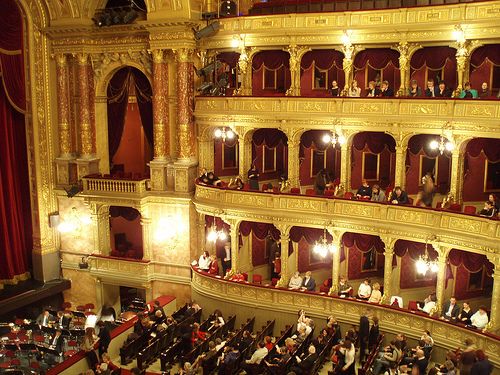 (photo from oscar
wilde)
|
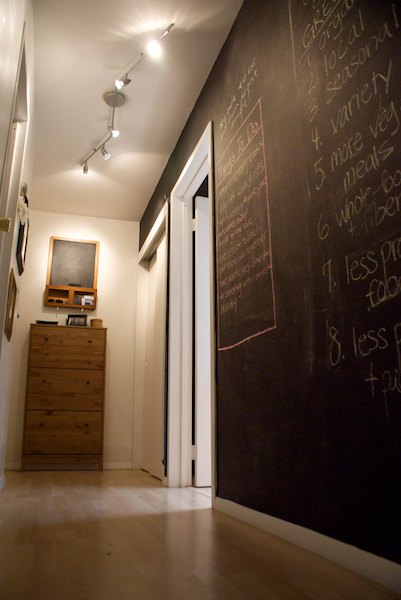 (photo from arealhousewifeofnyc)
|

- Comb Filter Structure:  - Comb Filter Equation:  |
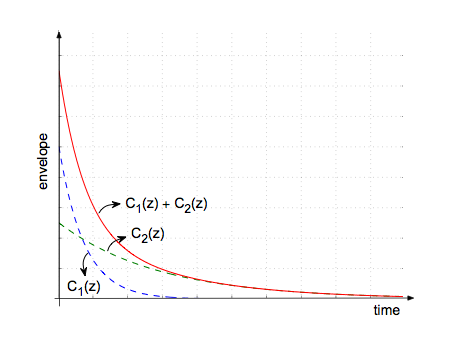 |
- Comb Filter Structure:  - Comb Filter Equation:  |
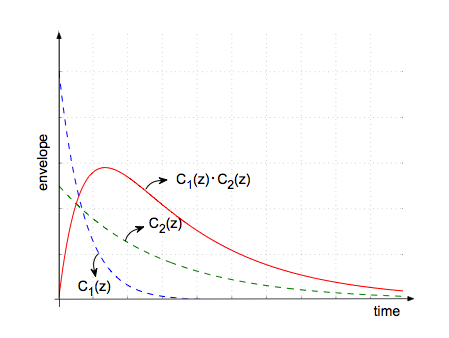 |
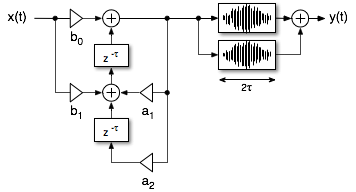
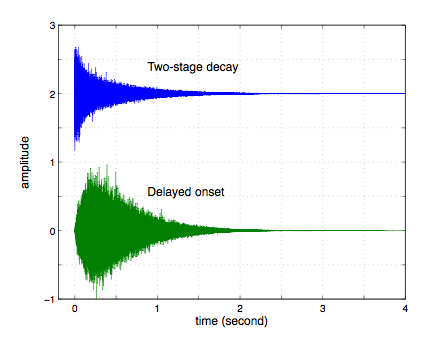 |
Sound Samples 1. Two-stage Decay 2. Delayed Onset * Original Drum Sample  Demo VST Plug-in |
| [Note] 1. For all sound samples, the reverberation time of the comb filter C2(z) is fixed to 2 second. 2. For the case of two-stage decay, that of C1(z) is 0.5 second, and for the case of delayed onset, it is 1.5 second. |